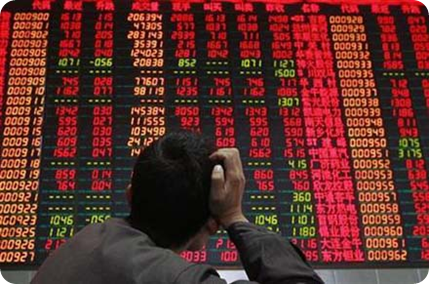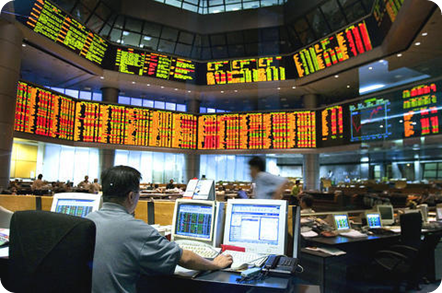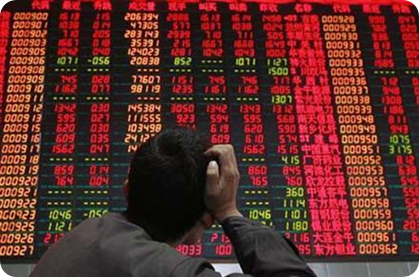Get Accurate Share Market Tips on Your Mobile Now for Amazing Profits - Call now at 09829714440
A basic question which arises in one’s mind when deliberating over these two terms is “what is the difference between the both?”. Well from a layman’s point of view both the terms may have the same meaning but let us examine them both really closely. Investing is a common term familiar to all as investing your money to gain significant profits. Investing is done mainly by the common people who have limited knowledge and long term objectives of gaining profit. Trading on the other hand is a complicated venture of the people who are acclimatized with the nuances of the market. Traders are the people whose main objective is to make profit by continuous buying and selling of market assets.
These people make huge profits as well as incur huge losses following the policy of high risk and high return. Let us take some examples to elucidate our point further. Consider a man who buys fixed income bond of a company for suppose 5 years and gets a fixed rate of return on his investment. This is investing with a low risk factor. Now consider a man who buys stock (or share or equity) of a company during initial public offer(IPO) and flips the stocks as soon as there is a slight jump in the price. Trader’s sole purpose was to gain by studying market conditions. Now to summarize the discussion we can say that there are pros and cons associated with both investing and trading.
Get Accurate Share Market Tips on Your Mobile Now for Amazing Profits - Call now at 09829714440
Investing
- Low risk strategy to make money in a long term.
- Guarantees fixed returns.
- No need to pay huge brokerage.
- Need to have less knowledge about the market conditions.
Cons:
- Low risk is accompanied by the low returns as compared to trading.
- Easy to lose interest due to lack of involvement required. Usually leading to poor portfolio performance.
Trading
Pros:
- High risk strategy with gains available if risk is taken is a calculated one.
- Better returns in short term.
- Builds even more discipline than investing does (assuming you are successful)
Cons:
- Have to pay huge brokerage and risk is associated with it.
- Time consuming and more stressful.
- Requires thorough knowledge of the market which is time consuming and mind boggling.
Get Accurate Share Market Tips on Your Mobile Now for Amazing Profits - Call now at 09829714440










Recent Comments